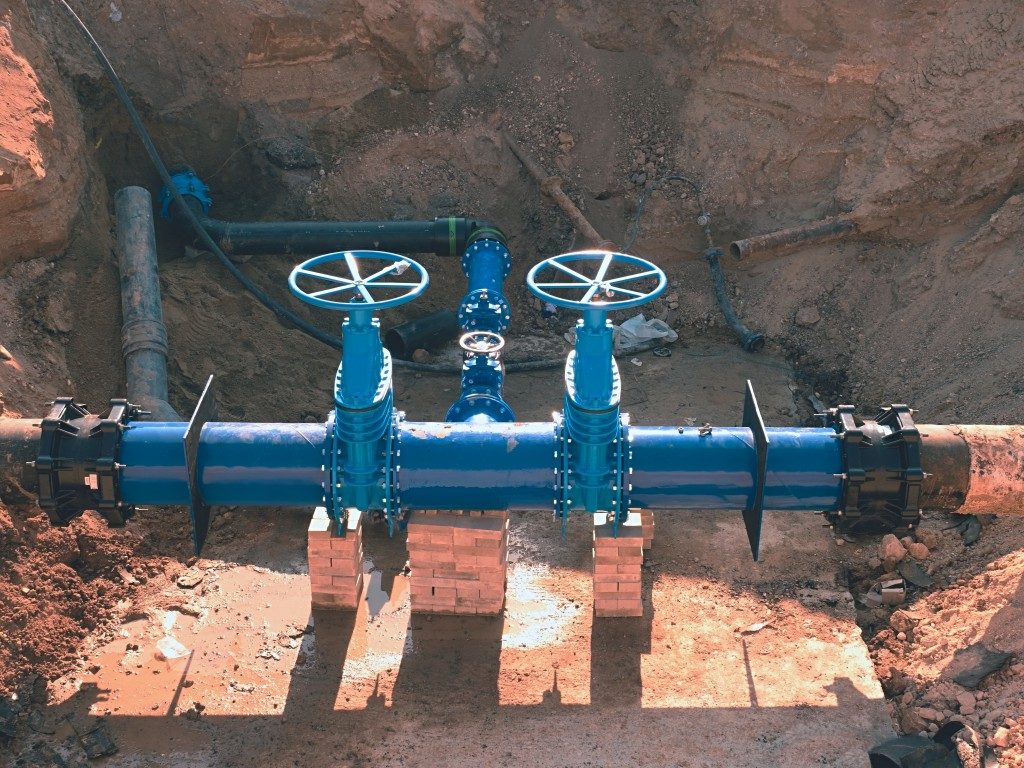In urban settings, residents receive potable water through the various water lines that run through the streets of the city. While this means that water will be a large part of the utilities paid by the property, it’s more or less the default way of providing clean, usable water to buildings and households.
However, properties in rural areas (or properties that wish to build an isolated system disconnected from the main water line) will often dig a deep well to gain water for their own use. While locating a suitable site to dig when building a deep well can be simple, setup and operation of one is not.
Here are four things you have to keep in mind.
1. Dig Below The Water Table
The water table is the layer of soil that functions as the natural aquifer (filter) of groundwater that eventually turns into well water. While most traditional wells suffice enough to dig a few feet below groundwater, more industrial sites will need more depth to find a flow rate sufficient for the needs of the facility. Typically, anywhere between 300 to 500 meters is sufficient, though you may need to dig deeper if you’re in an arid area.
2. Check If You Can Create a Self-Pumping Well
There is a particular well that can shoot up water with no need for extraction equipment, called a flowing artesian well. This is achieved by digging to a specific area in the ground where water continually flows downward with no upward pressure. Not only does this mean you’ll be doing less work to draw out water, but it’ll also be easier on whatever equipment you’ll be bringing to draw water from the well.
3. Provide an Adequate Pumping System

If you’re drawing water with no help from the well system, it’s essential to have the three components for pumping water: the submersible pump, the pressure tank and the pressure tank switch. Depending on the flow rate required and the need of your facility, it’s best to get a consultation about the setup that you need. Check with Grundfos suppliers and resellers to get a better idea of the equipment required.
4. Install an Above-Ground Filtering System
While digging below the water table ensures that your water will be free of most surface-level contaminants, it’s still necessary for you to install an above-ground filter that can get rid of all unwanted particles in there. This is especially necessary if the water will be used for human consumption or for other bio-sensitive functions – less so if it’s only used for liquid cooling.
While installing a deep well of your own can incur somewhat high costs in the beginning, the operational costs (and the fees you stop paying the water utility) can make up for the initial expenses in the long run. These systems can run for a long time and can even take a few weeks without rain, which makes them ideal for closed-off properties and rural areas.







